Search
Did you mean: Gades?
Search Results
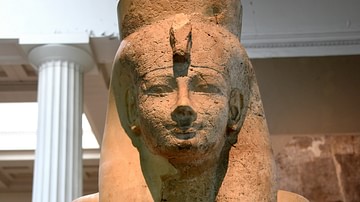
Image
The Goddess Hathor
This bust comes from a triad statue that showed King Amenhotep III flanked by the god Osiris and the goddess Hathor. It is one of the numerous statues that adorned Amenhotep III's mortuary temple at Thebes. Some 150 years later, when the...
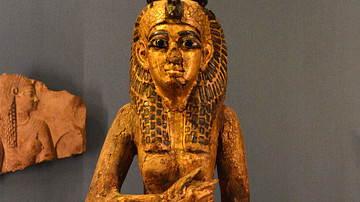
Image
The Goddess Isis
Statue of the Egyptian goddess Isis. Made of tamarisk wood, covered in bronze and glass. Date unknown. Louvre Museum, Paris, France.
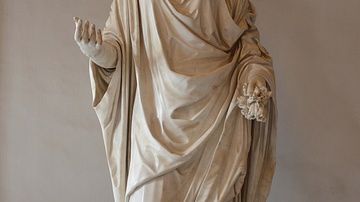
Image
Roman Goddess Flora
Flora was the Roman goddess of flowers, vegetation and fertility. Spring was her season and her temple stood near the Circus Maximus in Rome. Her festival, called the Floralia, was instituted in 238 BCE. This Roman artwork from the Hadrianic...
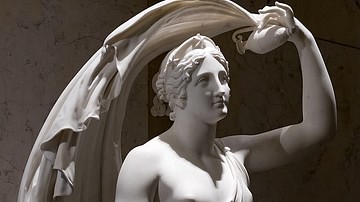
Image
Iris as Goddess of the Rainbow
Iris as the goddess of the rainbow, marble sculpture by Italian sculptor Gaetano Matteo Monti, 1841.
Kunsthistorisches Museum, Vienna.
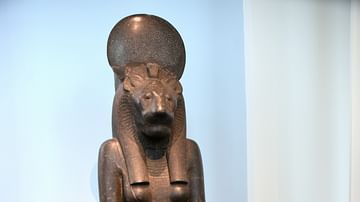
Image
Statue of a Sitting Figure of Goddess Sekhmet
Sekhmet was a lion goddess, whose name means "the mighty one", and she personified the aggressive aspects of other goddesses. Sekhmet was a daughter of the sun god Ra. She usually wears the sun-disc on her head. A famous myth recounts how...
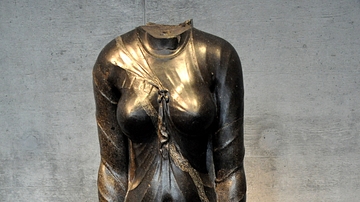
Image
Statue of Goddess Isis
Granite statue of the standing-striding figure of the goddess Isis; her head is lost. Ptolemaic period, 3rd century BCE. (State Museum of Egyptian Art, Munich, Germany).
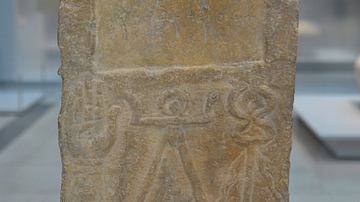
Image
Punic Stele with Goddess Tanit
Punic stele with a crescent moon and the sign of the Phoenician goddess of fertility Tanit, found in Cirta (ancient Constantine, Algeria), around 300-200 BCE. Now in Louvre Lens, France.
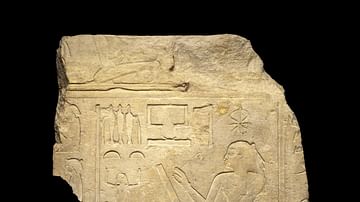
Image
Seshat, Goddess of Writing
A limestone relief slab depicting Seshat, the Egyptian goddess of writing. ca. 1919-1875 BCE. (Brooklyn Museum, USA).
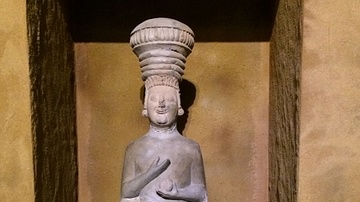
Image
Phyrigian Goddess Cybele, Ankara
Representative statue of the Phyrigian Goddess Cybele, exhibited in the Museum Of Anatolian Civilizations. Ankara province, Turkey.

Image
Seated Hittite Goddess with Child
Seated Hittite Goddess with Child, c. 14th-13th century BCE, from Central Anatolia, Metropolitan Museum of Art, New York.